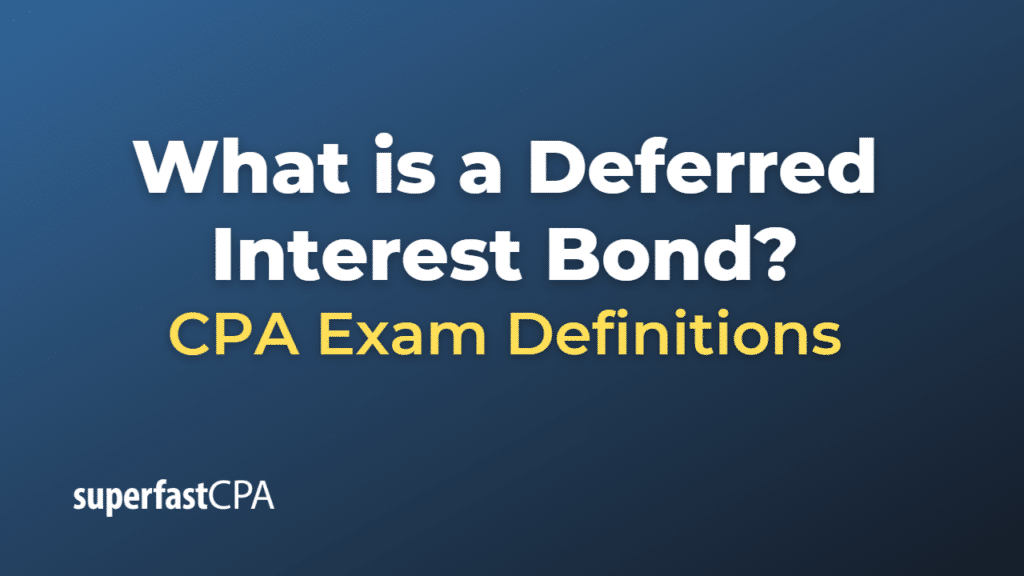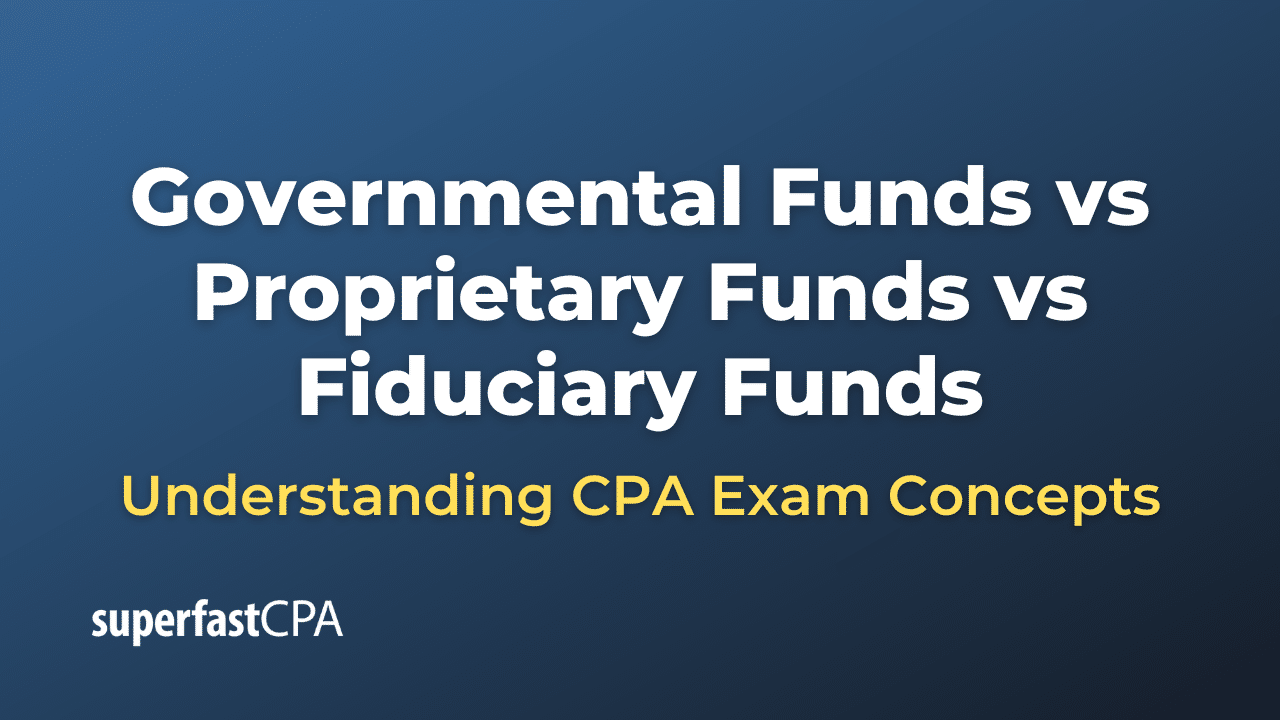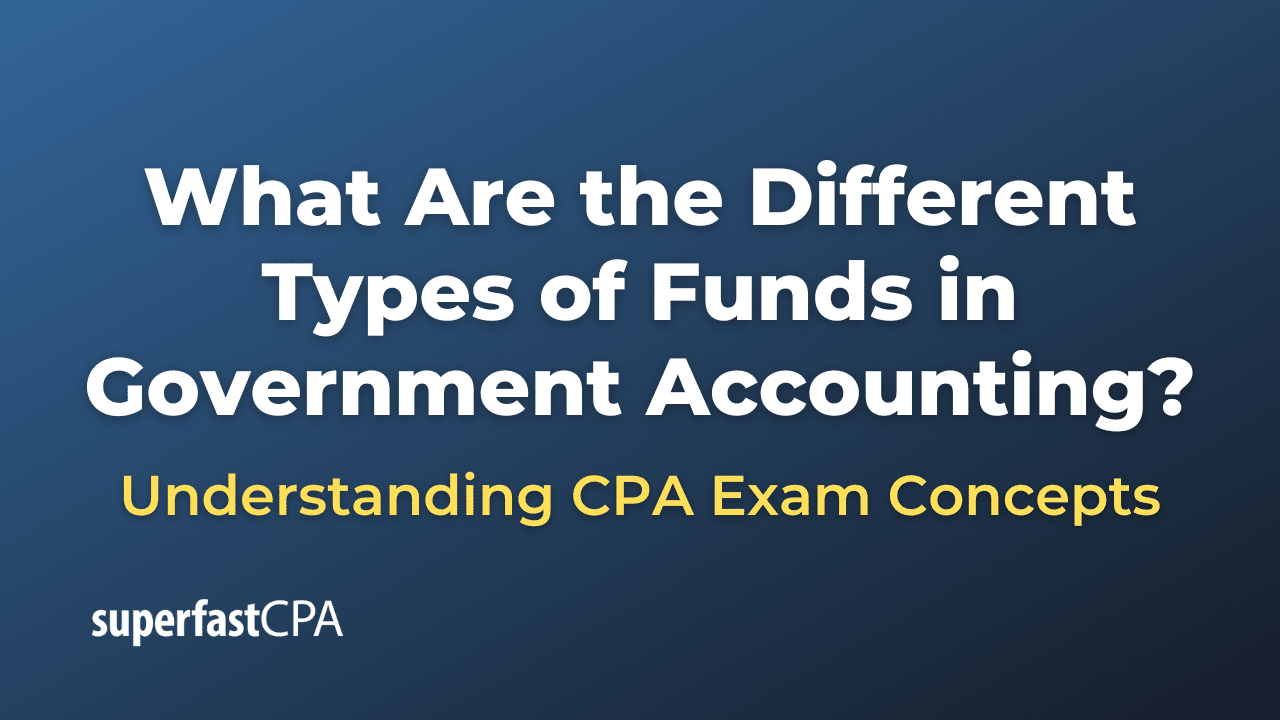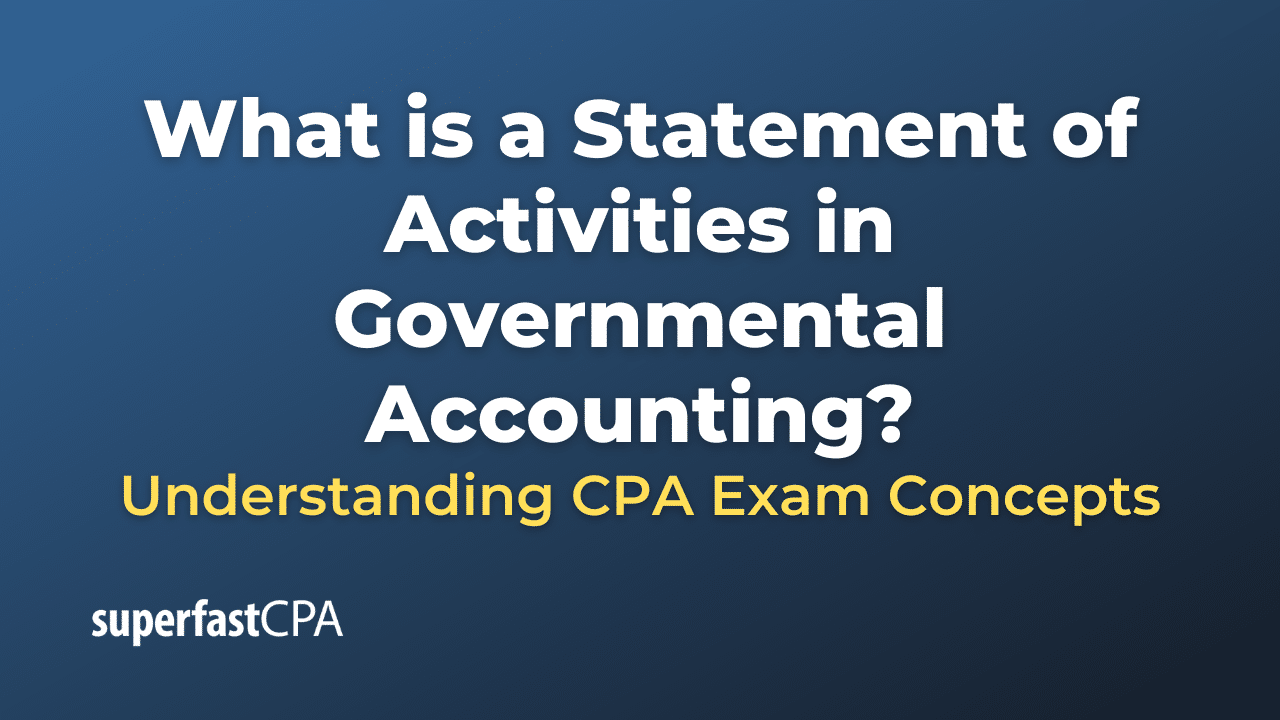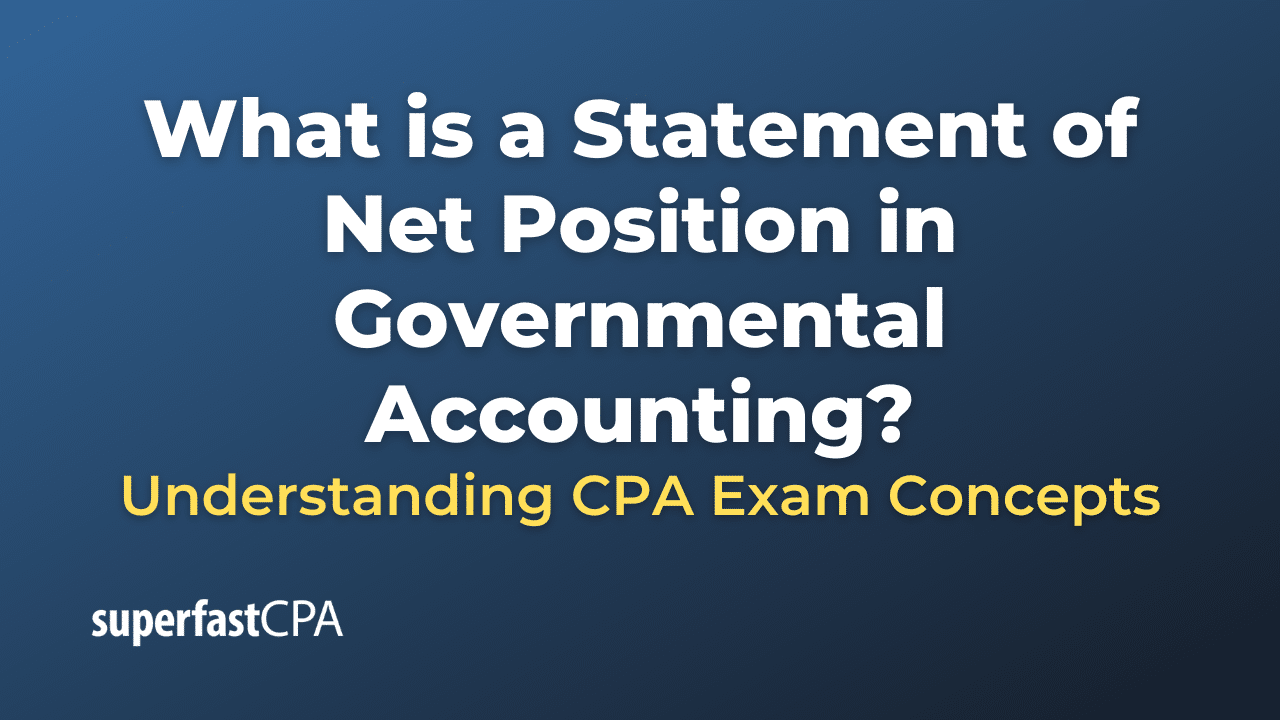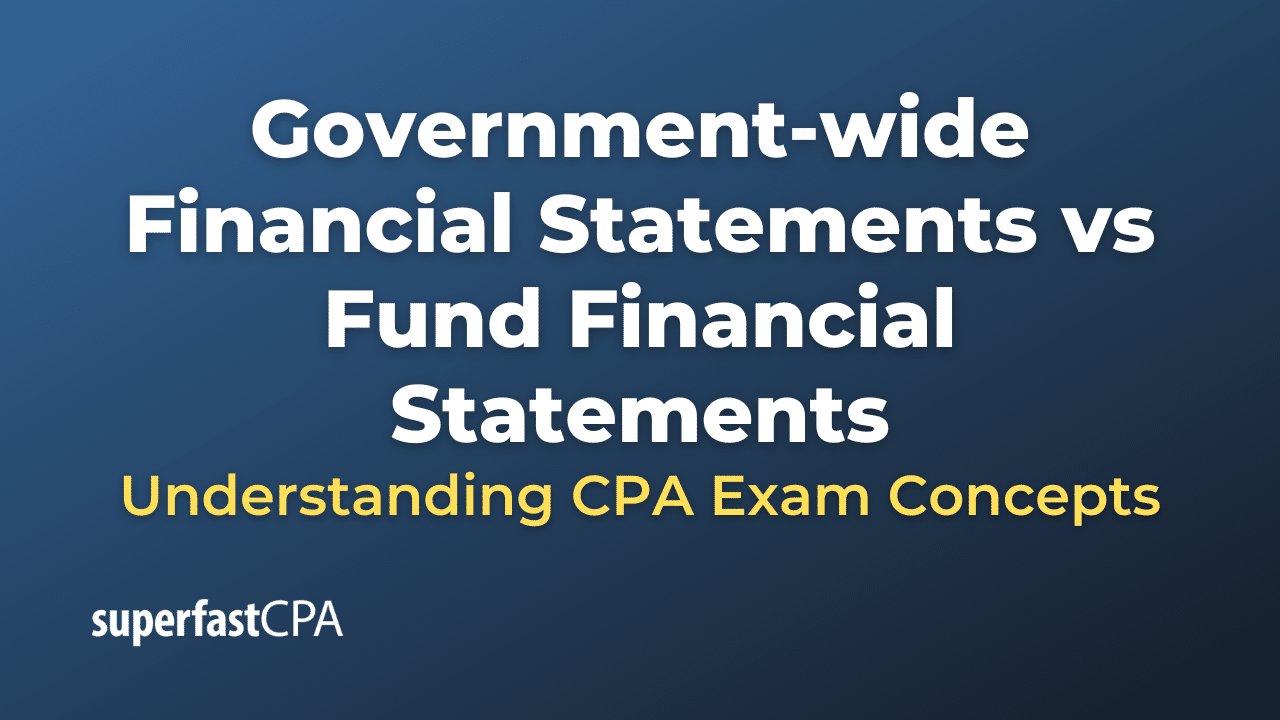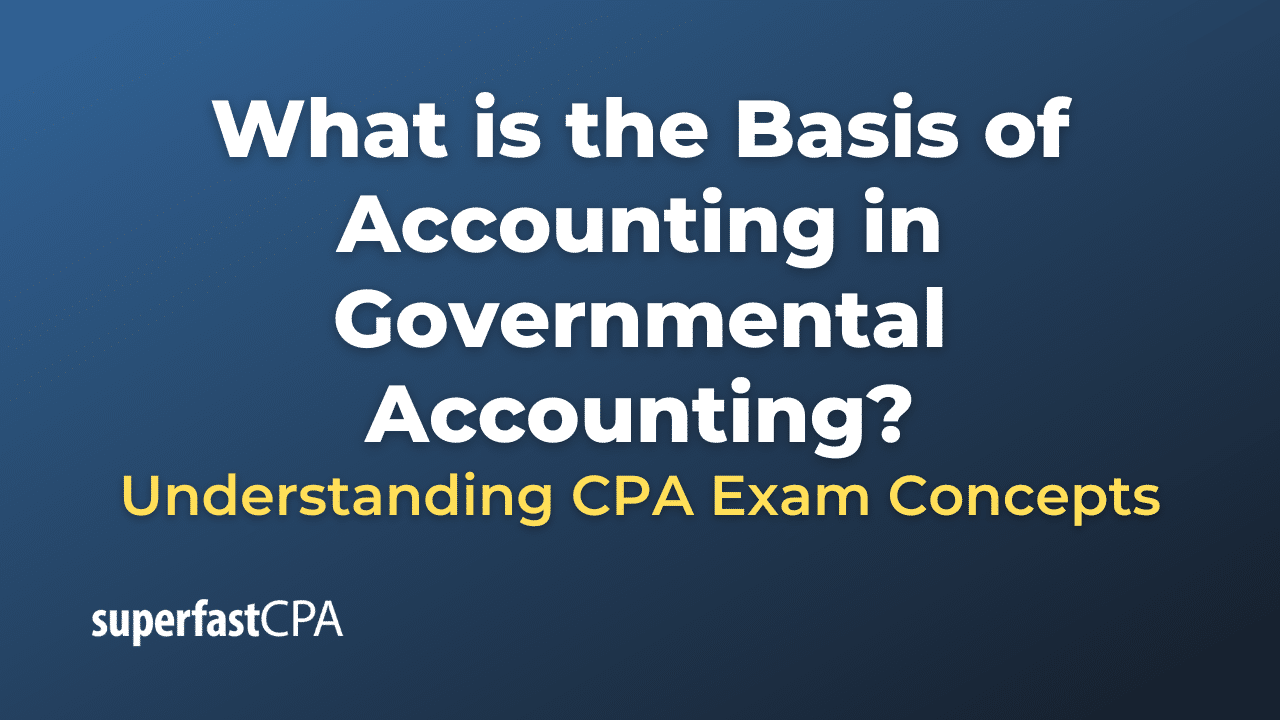Deferred Interest Bond
A deferred interest bond, also known as a zero-coupon bond, is a type of bond that does not pay periodic interest or coupon payments like a typical bond. Instead, it is issued at a significant discount to its face value (the “par” value) and pays its full face value at maturity.
The difference between the purchase price (discounted value) and the face value represents the interest earned by the bondholder. This interest is not paid out periodically but is instead accrued and compounded until maturity.
For example, a company might issue a 5-year, $1,000 deferred interest bond for $820. The bondholder pays $820 for the bond, receives no interest payments during the 5 years, and then receives $1,000 at the end of 5 years. The $180 difference between the purchase price and the face value is the interest that was deferred until the end of the bond’s term.
Deferred interest bonds can be beneficial for investors who do not need immediate income and are looking for a guaranteed return at a future date. They can also be tax-advantageous in certain circumstances, as the implied interest is not taxed until it is paid at maturity. However, tax laws vary, so investors should consult with a tax advisor.
Example of a Deferred Interest Bond
Let’s consider an example of a deferred interest bond, often referred to as a zero-coupon bond.
Suppose a company decides to issue a zero-coupon bond with a face value of $1,000 that will mature in 5 years. Because this bond doesn’t pay any interest until it matures, the company will not issue it at face value but will instead deeply discount it.
Assume the company decides to sell this bond for $700. As an investor, you could purchase this bond for $700, and you wouldn’t receive any interest payments for the 5 years of the bond’s term.
However, at the end of the 5 years, when the bond matures, the company would pay you the face value of the bond, which is $1,000. The interest you earned on this bond is the difference between the face value and the price you paid for the bond, which in this case would be $300 ($1,000 – $700).
This bond could be an attractive investment if you don’t need periodic interest income and you want a guaranteed return at the end of the bond’s term. However, as with all investments, you should consider the creditworthiness of the issuer and other investment options before deciding to invest.

